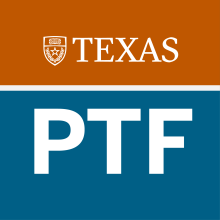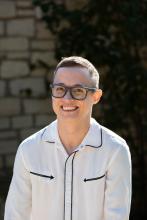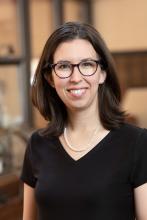Curriculum (Re)design

Medieval Digital Research Lab: A Pilot Upper-Division Course
The idea for this pilot course grows directly out of departmental and university goals to increase opportunities for Experiential Learning and for new technology exposure in the Humanities; and to involve more undergraduate students in original faculty research.

Freshman Opportunities for Research in the Geosciences (FORGe)
I am working on a unique partnership between Austin Community College (ACC) and UT Austin to develop collaborative peer learning communities (PLCs) in the Geosciences with mixed cohorts of two-year college (2YC) and four-year college (4YC) students.

Race and Curriculum Revision Project
While the U.S. is more racially open and culturally diverse than at any other time in its history, intolerance and marginalization—often around issues of race, culture and difference—continue to exist. This is punctuated in university settings where students of color find more access to opportunity, yet encounter socially and intellectually non-inclusive environments. UT-Austin stands at the forefront of concerns around race and equity, most recently with the Fisher decision and the current state lawsuit against UT-Austin regarding race discrimination in admissions.

Curriculum Integration Through a 4-year Design Project and Cross-course Educational Tools
In many curricula students find it difficult to understand the common thread and themes between their courses until near graduation (or ever). Thus, students are unable to benefit from the synergistic nature of a fully integrated program. Courses are taught by different instructors with different teaching styles and nomenclature (a potentially good thing), but all too often even the instructors are unaware of the material or educational objectives taught in complementary courses.

From Putting in Time to Meaningful Civic Engagement: Transforming Service Learning in an Undergraduate Social Work Program
As a Provost’s Teaching Fellow, Vicki Packheiser is transforming Experiential Learning in Social Work’s foundational courses. This two-course sequence has long required 45 hours of service learning per course with a community agency. Social Work pre-majors contribute 10,000+ hours of service to the Austin community, serving as UT ambassadors while they gain experience that grounds their academics in future years. But the implementation has not lived up to the potential.

CREEES Fusion Room: an Interdisciplinary Digital Workshop
This project entailed the creation of a curricular context and physical space for collaborative interdisciplinary teaching and research for faculty and students interested in Russian, East European and Eurasian studies. This was achieved in two ways. First, I transformed the required gateway course to our major, “Introduction to Russian, East European and Eurasian Studies,” which had been a disjointed “parade of faculty” course with disconnected guest speakers.

Measuring the Effectiveness of Active Learning Methods in Cell Biology
Despite ample evidence that implementing active learning methods in the classroom leads to better outcomes, most courses in Biology continue the use of traditional lecturing. Anecdotal conversations with many of my colleagues who teach upper division biology courses indicate a widespread perception that the traditional lecture is the most effective way to transmit information to students.

The Keys to Understanding History: Unlocking Digital Timelines
This project started out with a simple idea: From my original proposal, we noted that “Current historical timelines are not interactive, nor do they enable students to understand connections between different events. They are good at showing chronology, but are not good at illustrating how specific events are influenced by a whole host of different historical factors.”



